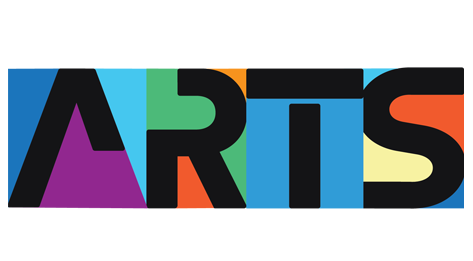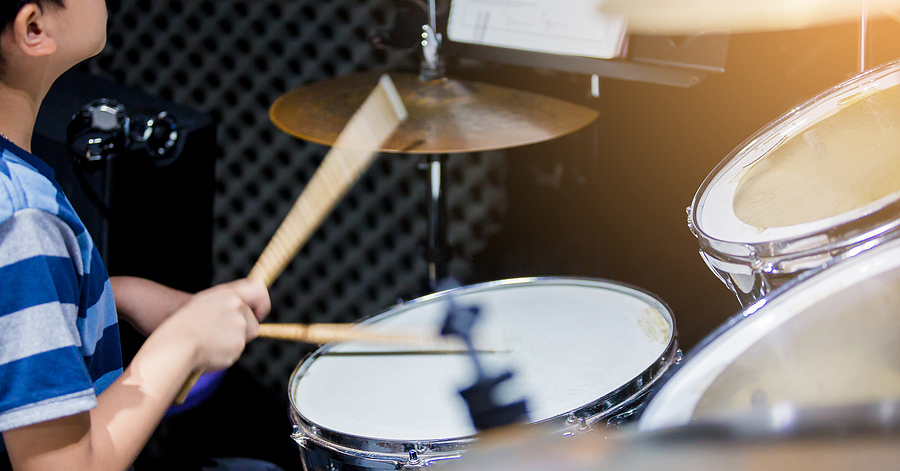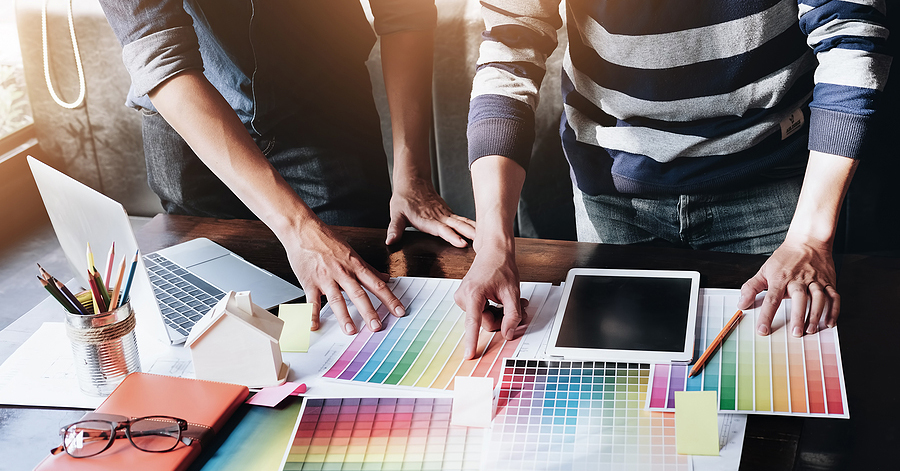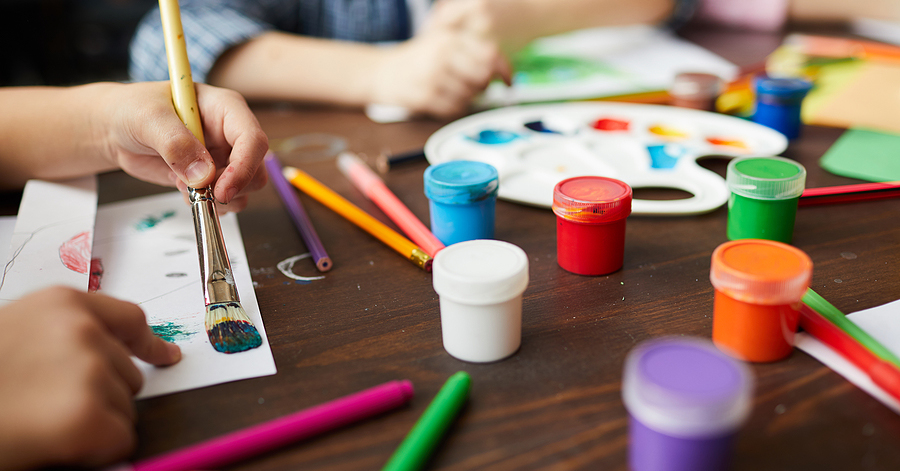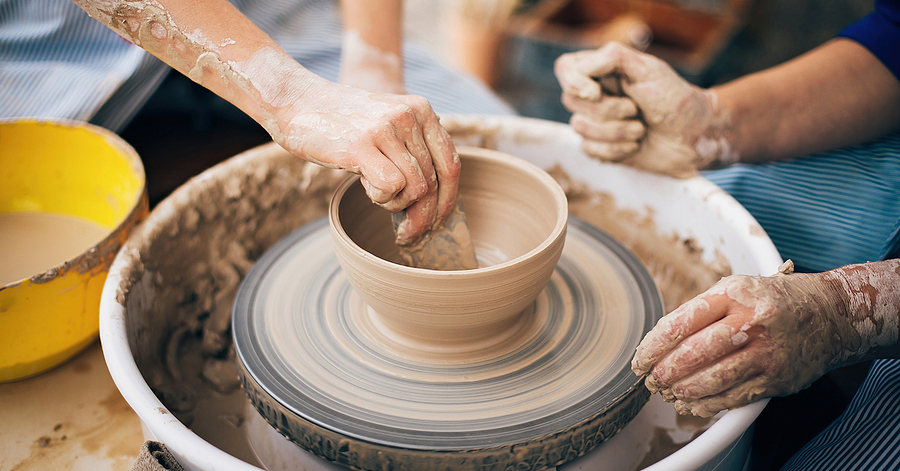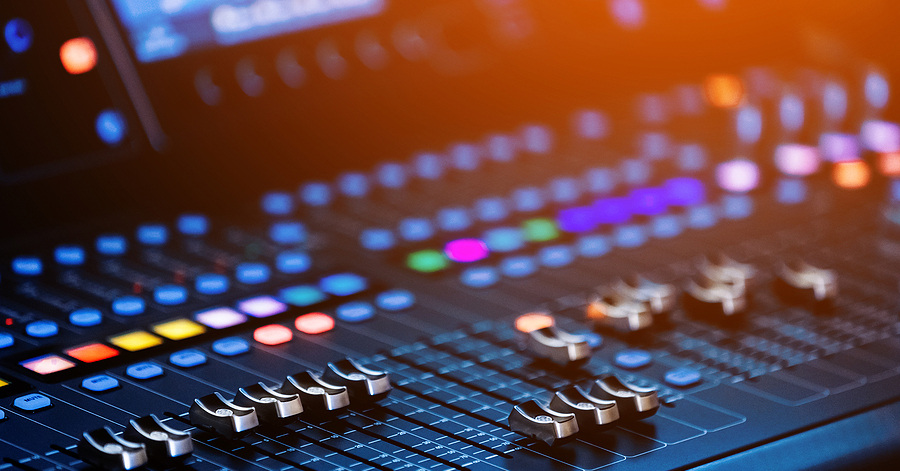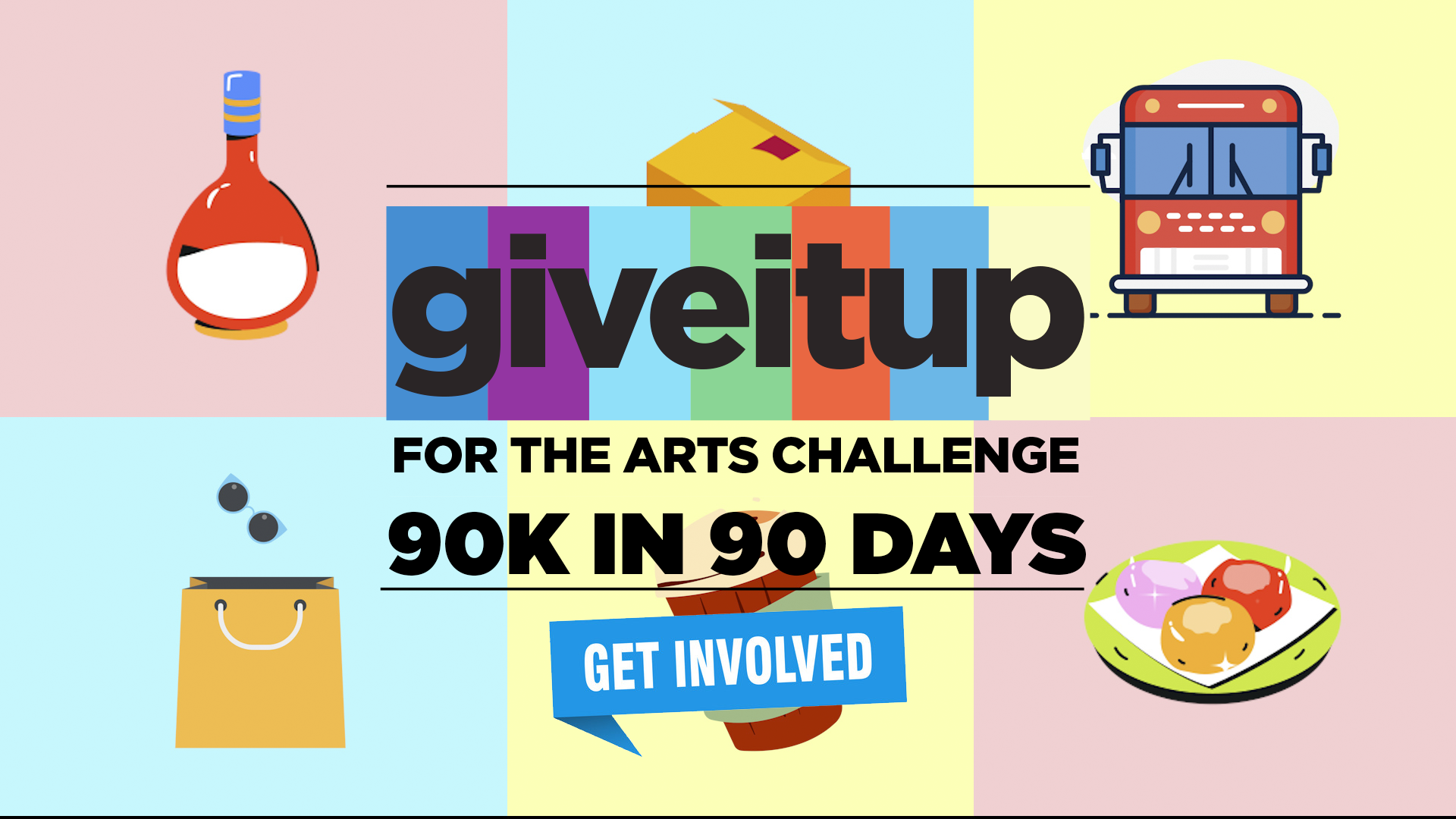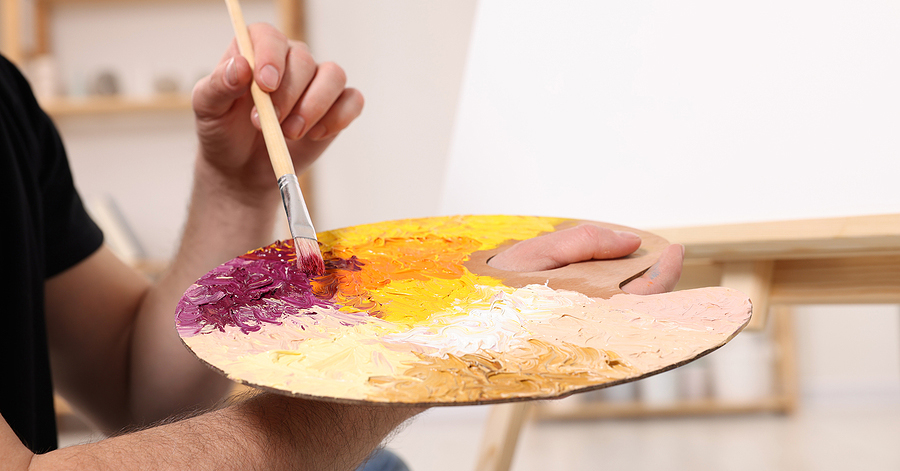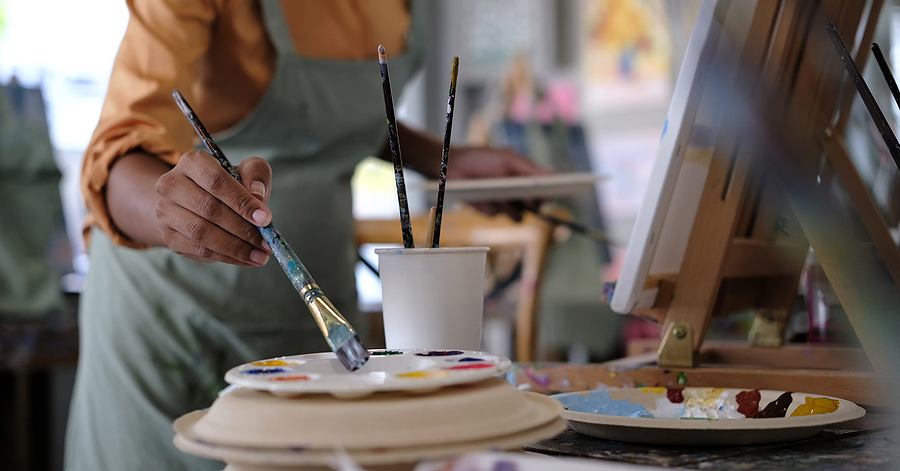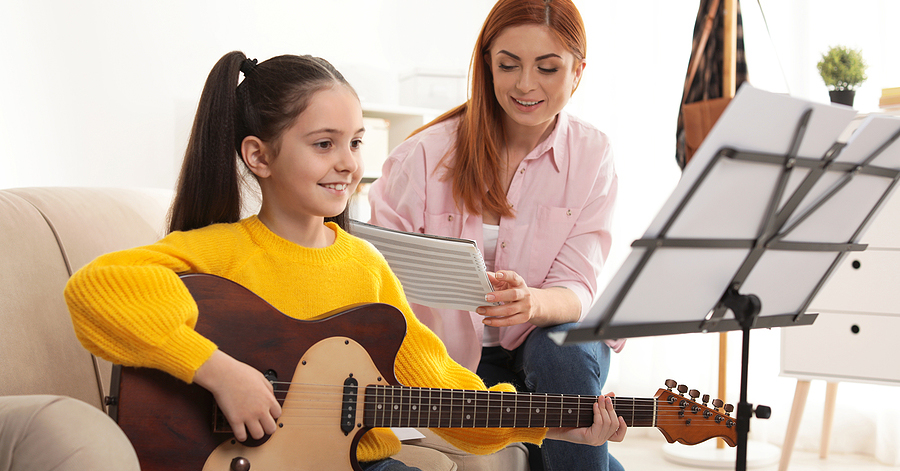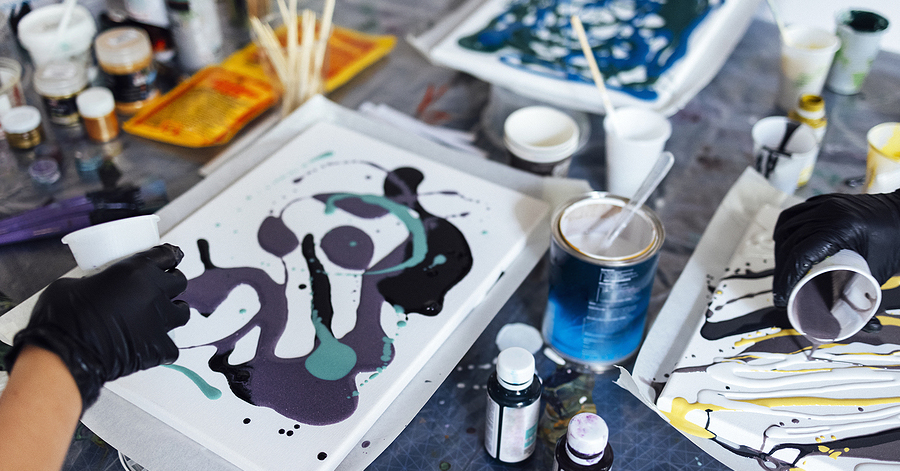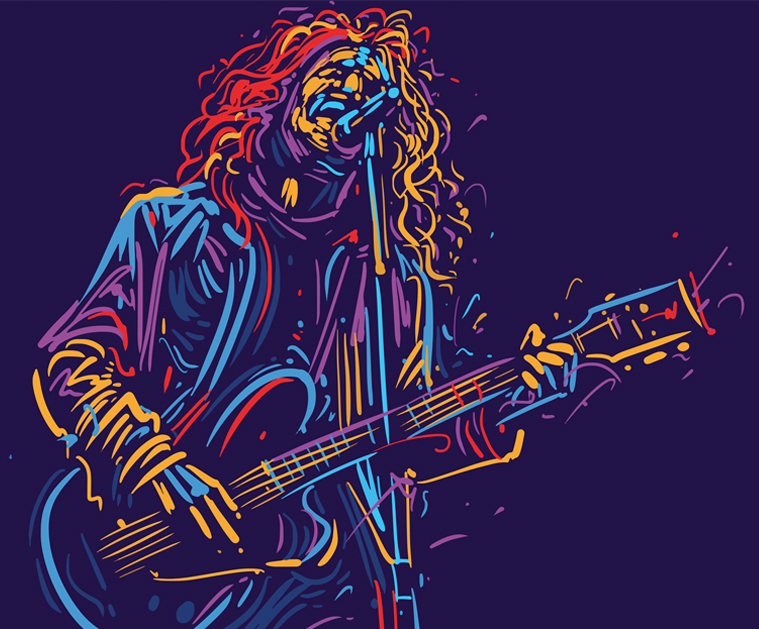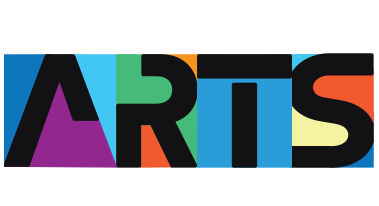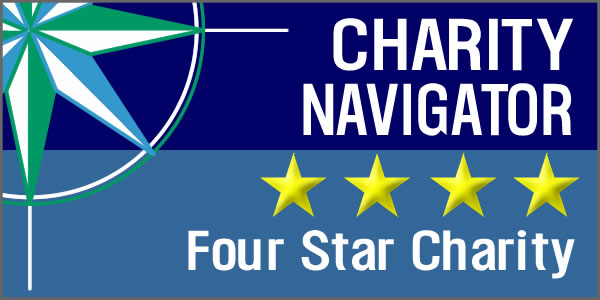From the gentle rustling of leaves to the powerful crescendos in a symphony, sound pervades our world, influencing our emotions in profound ways. This article delves into the science of sound, unraveling the fascinating journey from mere vibrations to emotional experiences.
Understanding the Basics: What is Sound?
The Physics of Sound
Sound, at its core, is a type of energy produced by vibrating objects. These vibrations create pressure waves that travel through mediums such as air, water, or solid objects. The science of sound dictates that it travels faster through denser mediums, explaining why underwater noises seem amplified.
Wave properties, such as frequency, wavelength, amplitude, and speed, help us understand sound characteristics. Pitch, determined by frequency, and loudness, determined by amplitude, are two aspects integral to our perception of sound.
The Journey of Sound Waves
Generation of sound begins with a vibrating source, like a plucked guitar string or vocal cords. The propagation follows as the waves traverse mediums. Eventually, our ears perceive these waves, interpreting them as distinct sounds.
The Science of Sound in Music
Musical Notes and Harmonics
Musical notes correspond to specific frequencies. Instruments and voices produce these frequencies in a finely tuned manner. The science of sound is evident in the overtones and harmonics that give music its rich texture. Harmonics are integral to identifying timbre, allowing us to distinguish between different instruments playing the same note.
Rhythm, Tempo, and Time Signatures
Rhythm, inherently connected to our biological systems, can influence our heart rate and emotions. The science of sound in music allows for a diverse array of rhythmic structures across different cultures, creating unique auditory experiences.
Sound and Human Perception
The Anatomy of the Ear
The human ear is a marvel of natural engineering, efficiently converting sound waves into electrical signals. It comprises the outer ear, middle ear, and inner ear, each playing a crucial role in auditory perception.
The Brain and Sound
Auditory processing in the brain involves intricate networks, with the auditory cortex playing a pivotal role. The science of sound reveals how sounds can evoke potent psychological responses, triggering emotions and surfacing memories.
The Emotional Impact of Sound
Sound in Storytelling and Film
Sound design is an art form that elevates storytelling. Music, ambient sounds, and sound effects evoke emotions and enhance narratives. Think of iconic film moments: the ominous Jaws theme or the stirring Star Wars score. In each case, the science of sound is wielded masterfully.
Therapeutic Uses of Sound
The emotional impact of sound is harnessed therapeutically through music therapy. This practice, rooted deeply in the science of sound, uses music to promote mental and emotional well-being. Similarly, sound baths and meditation use specific frequencies to induce states of relaxation and tranquility.
The Science of Sound in Modern Technology
Sound Engineering and Acoustics
The principles of sound engineering and acoustics ensure that sounds are accurately produced and faithfully received. Concert halls, for instance, are designed with the science of sound in mind to deliver optimal acoustic experiences. Technological marvels like noise-canceling headphones also rely on sound science.
Digital Sound and Audio Formats
Digitization has revolutionized the science of sound. Different audio formats (MP3, WAV, FLAC) store sound data in distinct ways. The sampling rate and bit depth are crucial in determining the quality of these digital sounds.
Conclusion
From the simple vibration of a molecule to the emotional stirrings within, the science of sound is a fascinating journey. Whether it’s in the arts, therapy, or technology, sound, in its myriad forms, remains an omnipresent and influential force in our lives.
Eager to explore this journey further? At East End Arts Music School, we delve deep into the nuances of sound, providing a hands-on experience and fostering an appreciation for the rich tapestry of melodies and harmonies around us. Immerse yourself in the science of sound and let your creativity flourish. Join us and turn your fascination into mastery.
